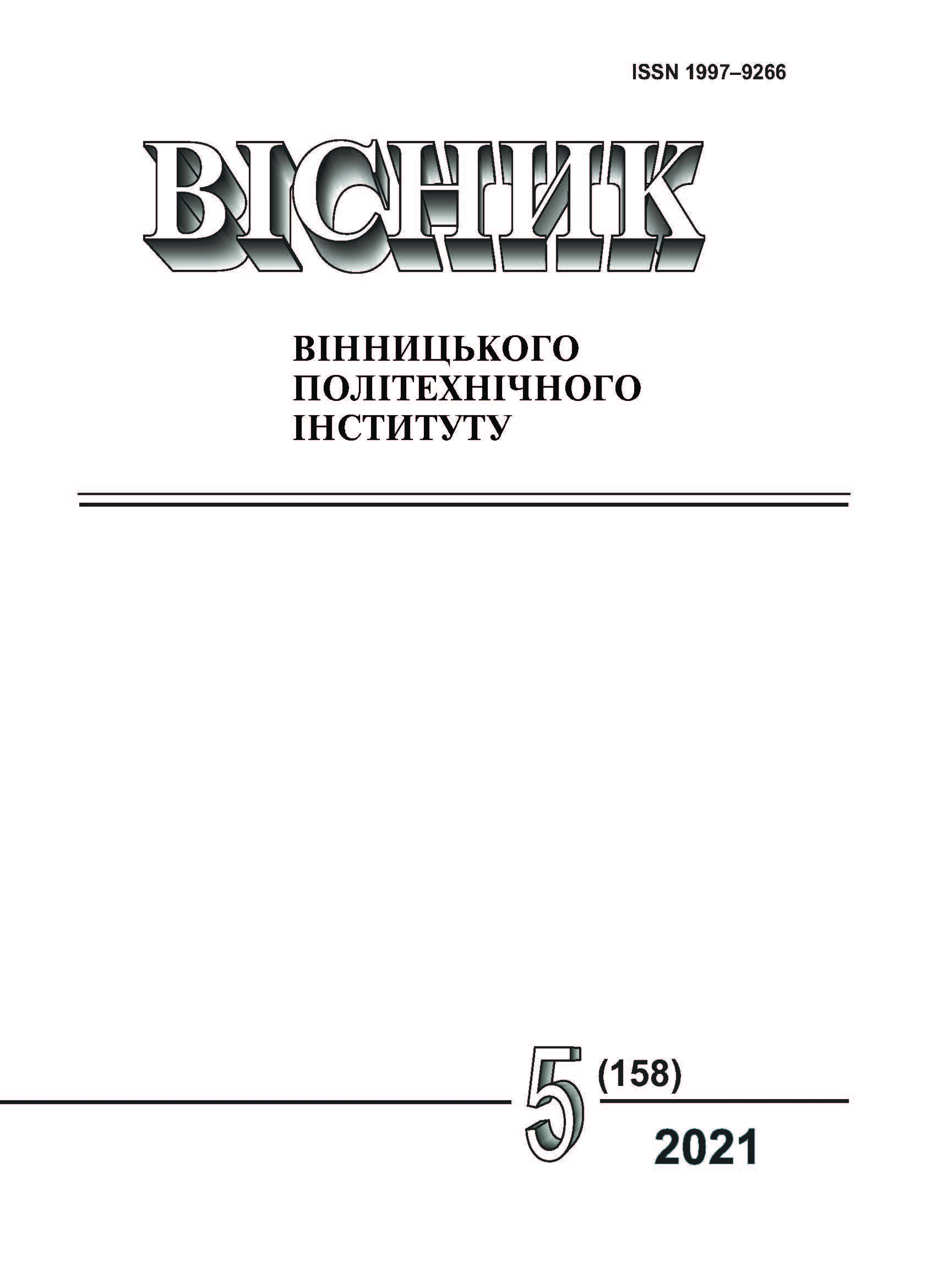Mechanical Coordinates Observer in Stator Reference Frame for Surface Mounted Permanent Magnet Synchronous Motors
DOI:
https://doi.org/10.31649/1997-9266-2021-158-5-85-90Keywords:
sensorless control, speed control, synchronous motor, permanent magnetsAbstract
An angular velocity and angular position observer for surface mounted permanent magnet synchronous motors has been proposed. A model in the stator reference frame, namely, the equation of dynamics of currents and flux linkages, was used as the basic model. Based on these equations, a full-order observer was designed. In order to analyze the stability and design the velocity estimation law, a transition to error dynamics was performed and new state variables were introduced. In accordance with the stability analysis using the second Lyapunov method, it was proved that the proposed observer is locally exponentially stable and guarantees an exponential estimate of the unknown variables, namely, the angular velocity and position. During the observer design, the assumption was made that the speed is constant, or changes slowly, but the observer can be tuned so that the effect of the impermanence of speed on its estimation is negligible. The position is determined on the basis of the estimated flux linkage values. The paper presents the simulation results when the observer works in the open- and close-loop. In the open-loop mode observer doesn’t influence control system operation. In the close-loop mode the observer is used to estimate the mechanical coordinates, which are then used in the vector control system and coordinates transformations instead of the measured ones. Transients have shown that the control system performance in sensorless mode is close to condition when mechanical coordinates are measured. Therefore, the proposed observer can be used instead of speed and position sensors to reduce the cost of electric drives based on surface mounted permanent magnets synchronous motors for slow dynamics applications that do not require low speed operation.
References
R. Ortega, L. Praly, A. Astolfi, J. Lee, and K. Nam, “Estimation of Rotor Position and Speed of Permanent Magnet Synchronous Motors With Guaranteed Stability,” IEEE Transactions on Control Systems Technology, vol. 19, no. 3, pp. 601-614, May 2011.
M. Linke, R. Kennel, and J. Holtz, “Sensorless position control of permanent magnet synchronous machines without limitation at zero speed,” in IEEE 2002 28th Annual Conference of the Industrial Electronics Society. IECON 02, 2002, pp. 674-679.
H. Kim, J. Son, and J. Lee, “A High-Speed Sliding-Mode Observer for the Sensorless Speed Control of a PMSM,” IEEE Transactions on Industrial Electronics, vol. 58, no. 9, pp. 4069-4077, Sept. 2011. https://doi.org/10.1109/TIE.2010.2098357.
Peresada S., Rodkin D, and V. Pyzhov, “Sensorless Speed Control of the Surface Mounted Permanent Magnet Synchronous Motors”, in 2021 IEEE 3rd Ukraine Conference on Electrical and Computer Engineering (UKRCON), pp. 379-384, August 2021.
S.-K. Sul, Control of electric machine drive systems. New York: John Wiley & Sons, 2011. ISBN: 0470590793.
K. S. Narendra, and A. M. Annaswamy, Stable adaptive systems. Upper Saddle River, NJ: Prentice Hall, 1989.
S. Peresada, Y. Nikonenko, and V. Reshetnyk, “Adaptive Speed Control and Self-Commissioning of the Surface Mounted Permanent Magnet Synchronous Motors,” in 2019 IEEE 2nd Ukraine Conference on Electrical and Computer Engineering (UKRCON), 2019, pp. 388-394.
Downloads
-
PDF (Українська)
Downloads: 183
Published
How to Cite
Issue
Section
License

This work is licensed under a Creative Commons Attribution 4.0 International License.
Authors who publish with this journal agree to the following terms:
- Authors retain copyright and grant the journal right of first publication.
- Authors are able to enter into separate, additional contractual arrangements for the non-exclusive distribution of the journal's published version of the work (e.g., post it to an institutional repository or publish it in a book), with an acknowledgment of its initial publication in this journal.
- Authors are permitted and encouraged to post their work online (e.g., in institutional repositories or on their website) prior to and during the submission process, as it can lead to productive exchanges, as well as earlier and greater citation of published work (See The Effect of Open Access).





